Nikkor AF-S DX 16-85mm f/3.5-5.6G ED VR
-
-
Written by Gordon Laing
Samples
The following images were taken with a Nikkor DX 16-85mm VR lens mounted on a Nikon D90 body, running firmware versions A 1.00 and B 1.00.
The D90 was set to RAW for the first six images and Large Fine JPEG for the final two. The RAW images were processed in Nikon’s Capture NX2 with lens corrections disabled to see what the lens was really capable of. In terms of other settings, the D90 was set to Auto White Balance and the default Standard Picture Control, Normal High ISO NR and Active D-Lighting set to the default Auto. Vibration Reduction was enabled for all these handheld shots.
The individual exposure mode, file sizes, shutter speeds, aperture, ISO and lens focal length are listed for each image. The crops are taken from the original files, reproduced at 100% and saved in Adobe Photoshop CS4 as JPEGs with the default Very High quality preset, while the resized images were made in Photoshop CS4 and saved with the default High quality preset. The three crops are typically taken from far left, central and far right portions of each image.
Landscape: 10.1MB (RAW), Program, 1/400, f10, ISO 100, 16-85mm at 16mm (24mm equiv)
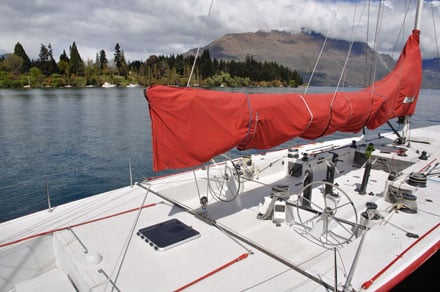 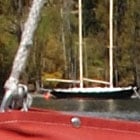 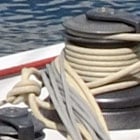 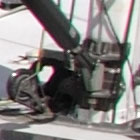 | ||||||
This first shot was taken with the Nikkor DX 16-85mm VR fully zoomed-out on the Nikon D90. The 24mm equivalent focal length is capturing a noticeably wider field-of-view than lenses with 28mm coverage.
The converted RAW file is sharp across the frame and into the corners. With optical corrections disabled, a small amount of fringing is visible in the extremes, but it’s minimal and easily corrected when converting – or recording in-camera JPEGs on modern Nikon bodies like the D90.
Landscape: 11.7MB (RAW), Program, 1/320, f9, ISO 100, 16-85mm at 16mm (24mm equiv)
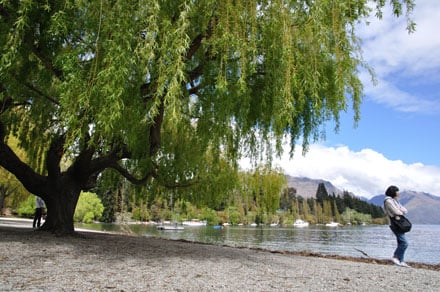 | ||||||
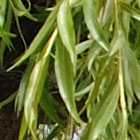 | 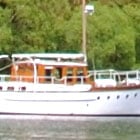 | 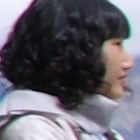 | ||||
Another shot taken with the lens fully zoomed-out, and again one that’s pretty well-corrected.The 16-85mm’s unique selling point is 24mm coverage, and fortunately it’s performing well at this focal length.Like the shot above, there’s a tiny amount of coloured fringing in high contrast areas towards the corners – seen here on the crop of the person’s head – but again it’s minimal and easily corrected if desired.
Landscape: 10.2MB (RAW), Program, 1/800, f7.1, ISO 200, 16-85mm at 85mm (128mm equiv)
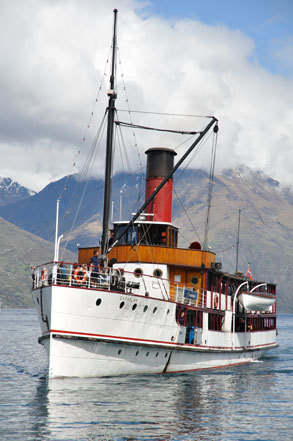 | 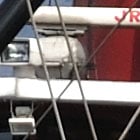 | |||
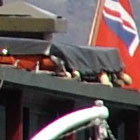 | ||||
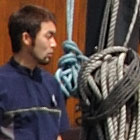 |
Our next shot was taken with the lens fully zoomed-into 85mm and working at an equivalent of 128mm. The D90 body was set to continuous focusing to track the approaching boat.The detailed crops reveal the lens is performing equally well when fully zoomed-in, delivering a good-looking image with few artefacts to mention. Pixel-peepers may notice a tiny amount of fringing in the extremes, but again it’s nothing to worry about.
Wildlife: 8.95MB (RAW), Aperture Priority, 1/1000, f5.6, ISO 200, 16-85mm at 85mm (128mm equiv)
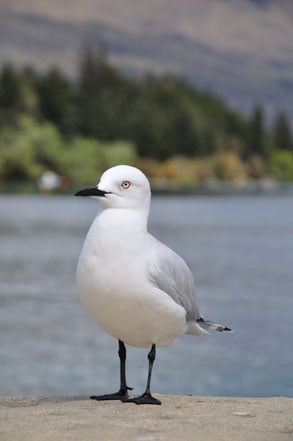 | 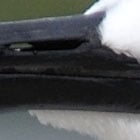 | |||
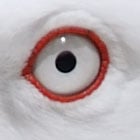 | ||||
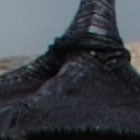 |
The 85mm focal length may not be as long as some Nikkor general-purpose DX lenses, but you can still grab shots of nearby wildlife while throwing the background reasonably out-of-focus.This shot was taken at fairly close range in Aperture Priority mode at 85mm f5.6 and the subject crops are very sharp and detailed. The background is fairly blurred, but for a greater effect you’ll need a lens with a longer reach or ideally a brighter aperture.
Macro: 11.3MB (RAW), Program, 1/20, f5.6, ISO 200, 16-85mm at 85mm (128mm equiv)
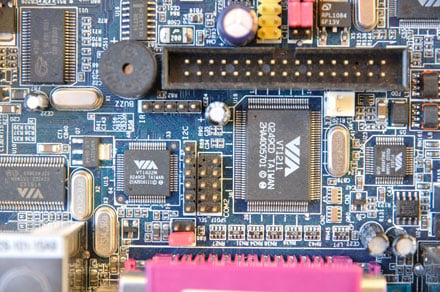 | ||||||
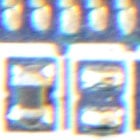 | 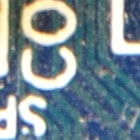 | 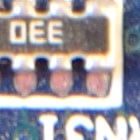 | ||||
The DX 16-85mm VR has a closest published focusing distance of 38cm throughout its range, so in this macro shot we zoomed the lens into 85mm and positioned it as close as it would focus.Lowish light and a low sensitivity forced Program mode to select f5.6 and as such the depth-of-field is relatively small here.The field is fairly flat though and where the subject falls into the depth-of-field there’s a reasonable level of detail.
Indoor: 10.2MB (RAW), Aperture Priority, 1/5, f5, ISO 400, 16-85mm at 16mm (24mm equiv)
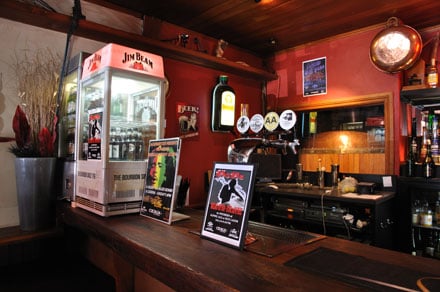 | ||||||
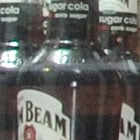 |  | 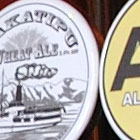 | ||||
Our last RAW sample was taken indoors with the lens zoomed-out and the D90 set to 400 ISO.An aperture of f5.0 and low light forced a relatively slow shutter speed of 1/5, but the lens VR has ironed-out any wobbles.Once again the image is well-corrected into the corners with sharp, detailed crops. As above, we converted without lens corrections, but the result remains respectable.
Portrait: 4.5MB (JPEG), Aperture Priority, 1/80, f5.6, ISO 200, 16-85mm at 85mm (128mm equiv)
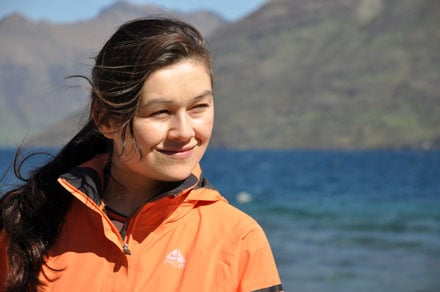 | ||||||
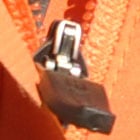 | 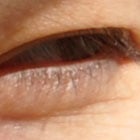 | 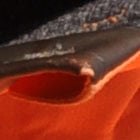 | ||||
For this portrait shot recorded in JPEG mode, we zoomed the lens into 85mm and set the aperture wide open at f5.6.As with the wildlife shot above, the background is reasonably blurred, but for a greater effect you’ll need a longer lens or preferably one with a brighter aperture.The good news though is the crops show plenty of fine detail, once again proving the lens performs well across its range even with the aperture wide open.
Landscape: 6.29MB (JPEG), Aperture Priority, 1/100, f18, ISO 200, 16-85mm at 16mm (24mm equiv)
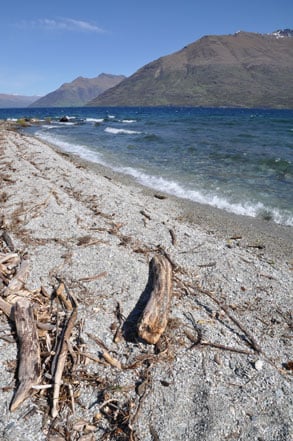 | 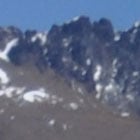 | |||
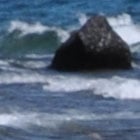 | ||||
 |
Our final shot was taken with the lens zoomed-out and its aperture closed down for a large depth-of-field; as above, this was recorded with the D90 in JPEG mode.Focusing at a mid-point at f18 has ensured objects both near and far are in focus, but diffraction has resulted in crops that are lacking the crispness of those above. That said, this gallery illustrates the quality that’s possible with the DX 16-85mm VR even when lens corrections are disabled.




